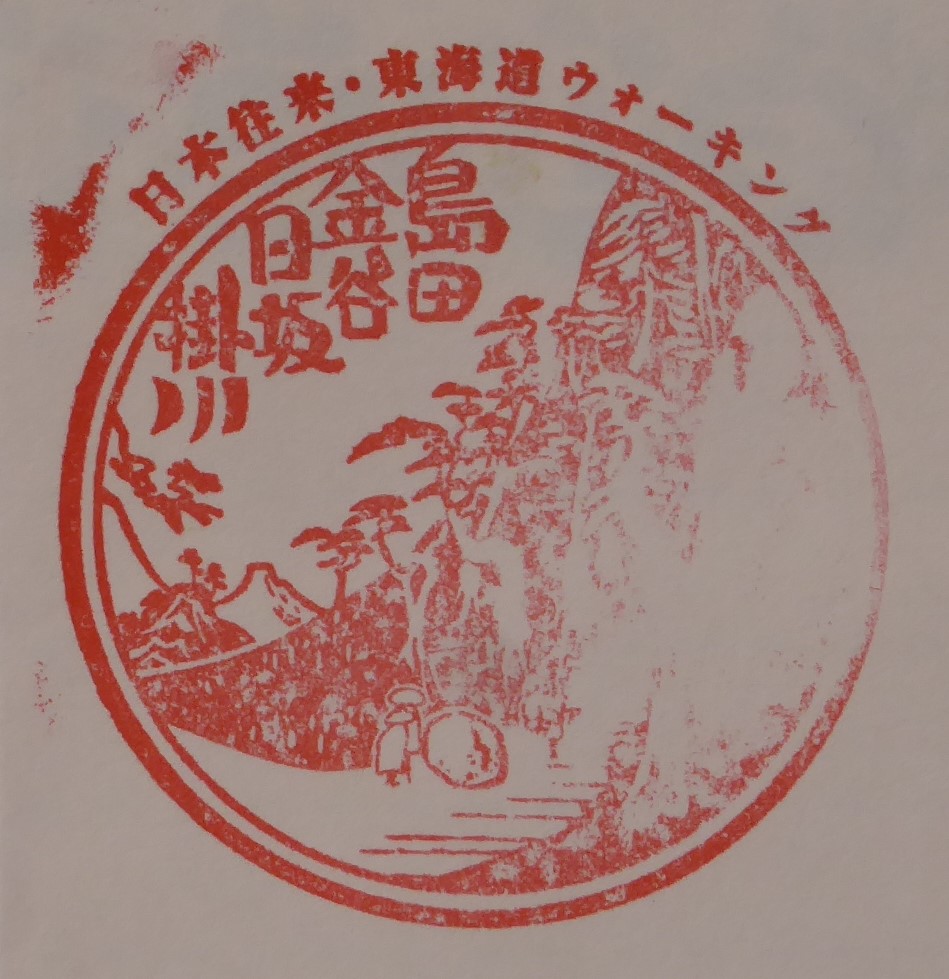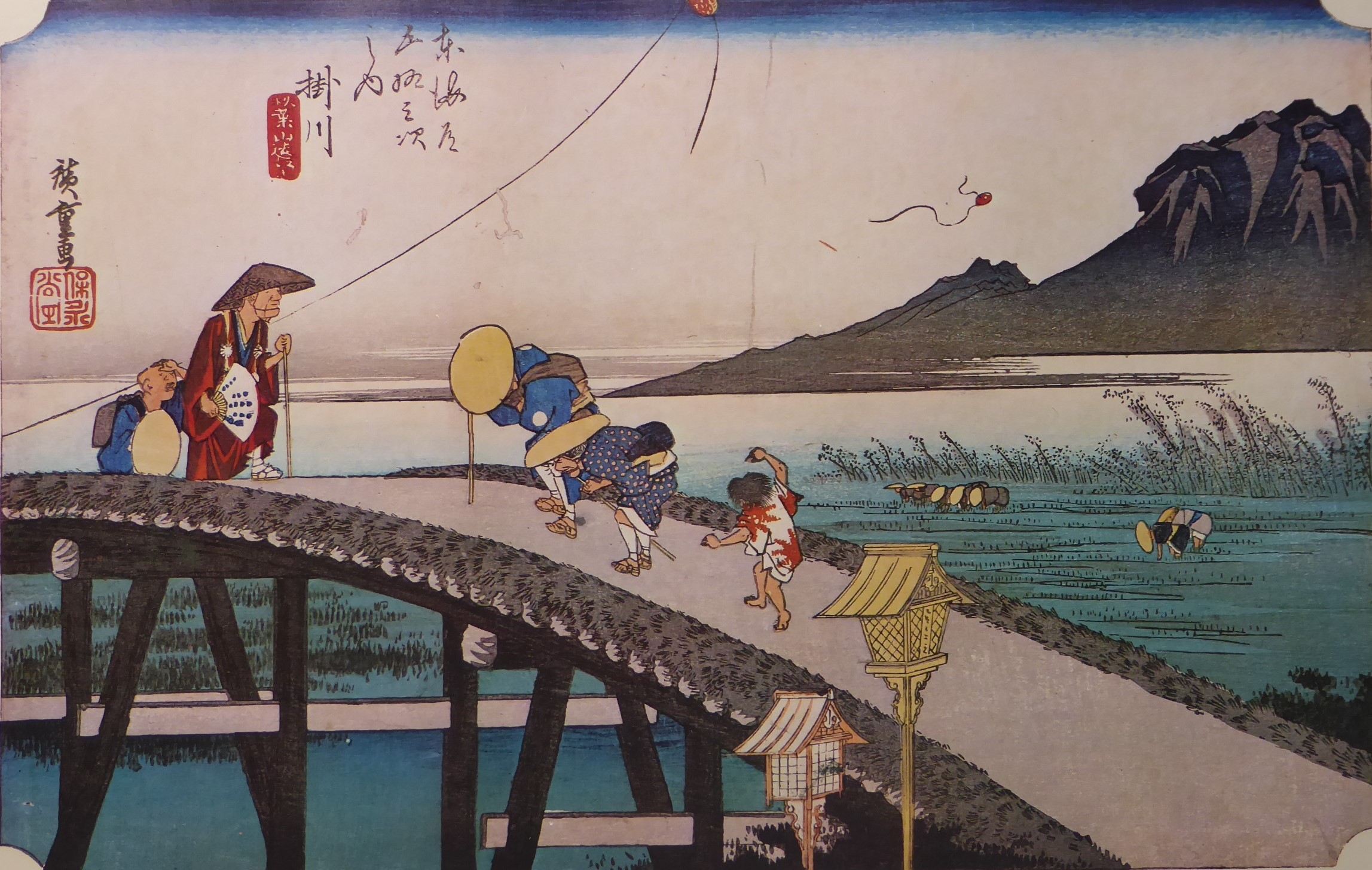Explanation of the Fifty-three Stations of the Tokaido 27 Kakegawa
9.6km from Fukuroi to Kakegawa, 34°46’23″N 138°00’57″E
Kakegawa is the 26th post station on the Tokaido 53 Stations.
It is currently the center of Kakegawa, Shizuoka Prefecture.
It is the castle town of Kakegawa Castle, known for having been renovated and lived in by Yamauchi Kazutoyo.
The name Kakegawa first appeared in the Azuma Kagami as the place name “Kakegawa”.
In the Middle Ages, powerful clans built mansions, forts and castles in this area, and during the Onin period, they built large castle towns (towns surrounded by castle walls).
This post station is where the Salt Road, which runs from Makinohara City on the Suruga Bay coast to Haruno Town in Hamamatsu City’s Tenryu Ward and leads to Shinano Province, crosses the road.
The Salt Road was called the Akiba Kaido after the Edo period as one of the routes for pilgrimages to Akiba.
The town consists of eight blocks from east to west, with a population of 3,443, 960 houses, two honjin, and 30 lodgings.
The scale of the inn is smaller than that of Kanaya-juku, which is located near the river crossing.
The 11 blocks (later 13 blocks) around the inn were designated as horse-drawn towns and horse-drawn service towns, and flourished as horse-drawn inns.
The post town is made up of 13 blocks in total: eight Omote-machi, four Ura-machi, and one Yoko-machi.
The names of the towns remain to this day as addresses, administrative divisions, and autonomous district names.
The Kakegawa Castle tower is located on the top of a small hill about 700m north of JR Kakegawa Station.
The castle was restored in 1994 with donations from citizens.
From the tower you can get a panoramic view of the castle town and the surrounding countryside.
The town boasts one of the largest green tea production volumes in the country.
Before the merger that created Makinohara City, this area was number one in the nation in terms of the amount of unrefined tea produced.
Unrefined tea is tea that is picked as is from the tea fields.
Generally, the finished unrefined tea is transported to a tea wholesaler via a market or other outlet.
The wholesaler then processes the unrefined tea leaves to make them uniform in size.
They are sometimes blended with tea leaves from other regions.
① “Hoeido version”
This depicts an earthen bridge over the Futase River on the outskirts of Kakegawa-juku.
He bows and politely greets a monk crossing the bridge from the other side.
The boy in the background is engrossed in flying a kite in the sky and acting all messy.
In the distance, you can see Mount Akiba, where Akiba Gongen is enshrined.
In the foreground is a lantern dedicated to Akiba Gongen.
The plains from Fukuroi to Hamamatsu are windy, so kite flying is very popular.
Two round kites can be seen in the sky.
The kite in the background has broken its string and is floating in the sky.
The kite in the foreground is soaring so high that it goes off the screen.
② “Gyousyo version”
A landscape around the Oiwake area of the Tokaido and Akiba Kaido.
The first torii gate of Akiba Shrine is the center of the painting.
Akiba Gongen is a god of fire prevention and is visited by many people.
③ “Reisho version”
The first torii gate of Akiba Shrine is drawn from a different angle than the Gyousyo version.
The villagers are busy planting rice while watching the travelers.
④ “Hokusai version”
Travelers are traveling along the kaido, watching the kites fly.
⑤ “Travel image”
JR Kakegawa Station. The exterior of the station looks like a post town on the kaido.
⑥ “Stamp image”
A stamp for an event.
Hoeido version
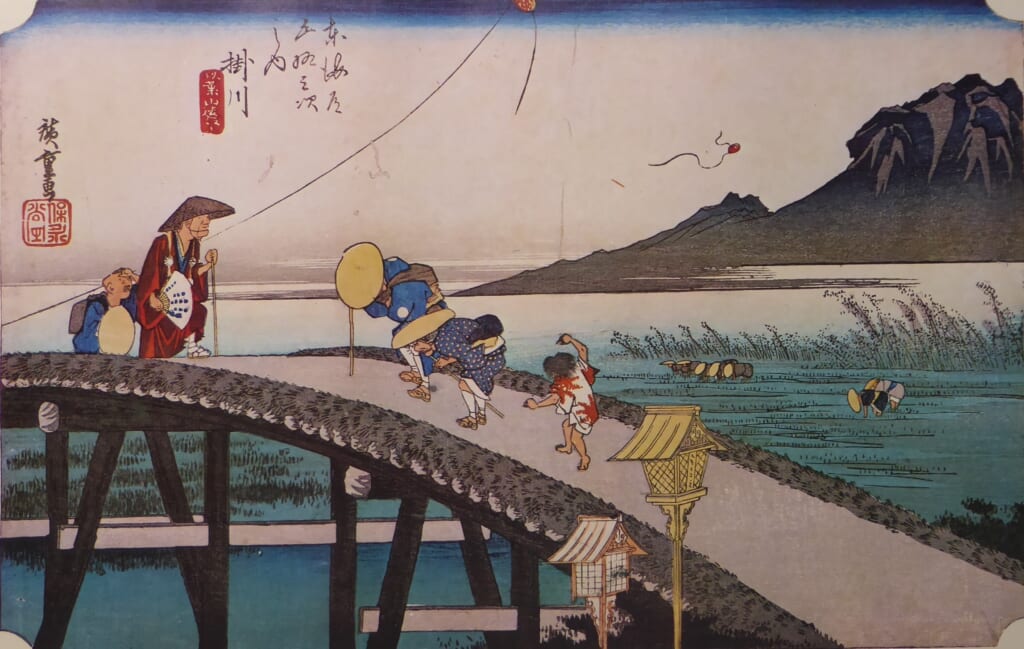
Gyousyo version

Reisho version

Hokusai version
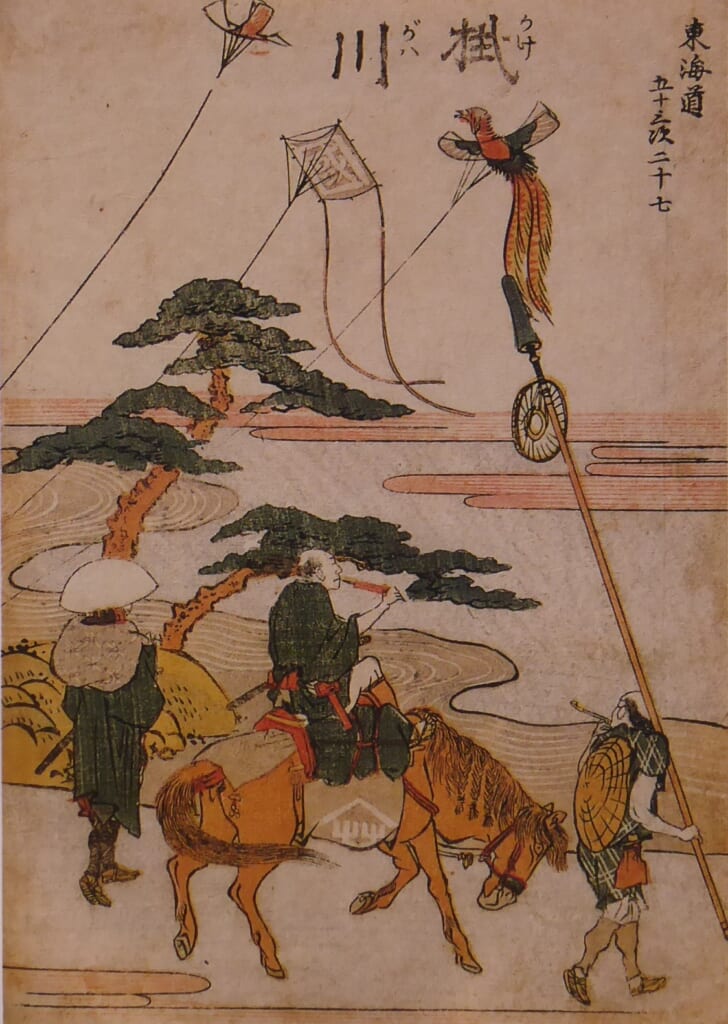
Travel image Stamp image
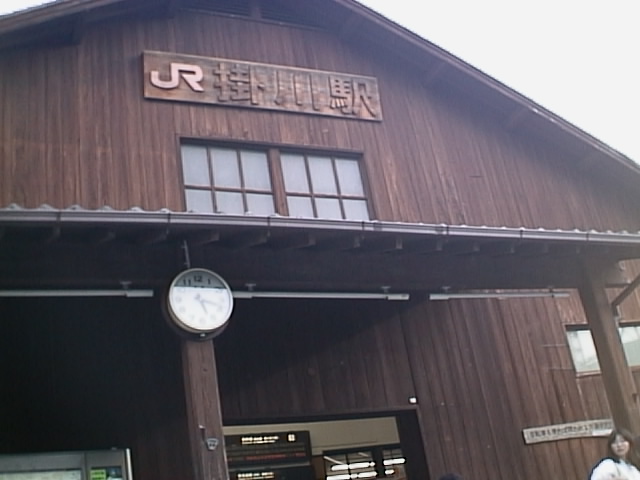
Stamp image
